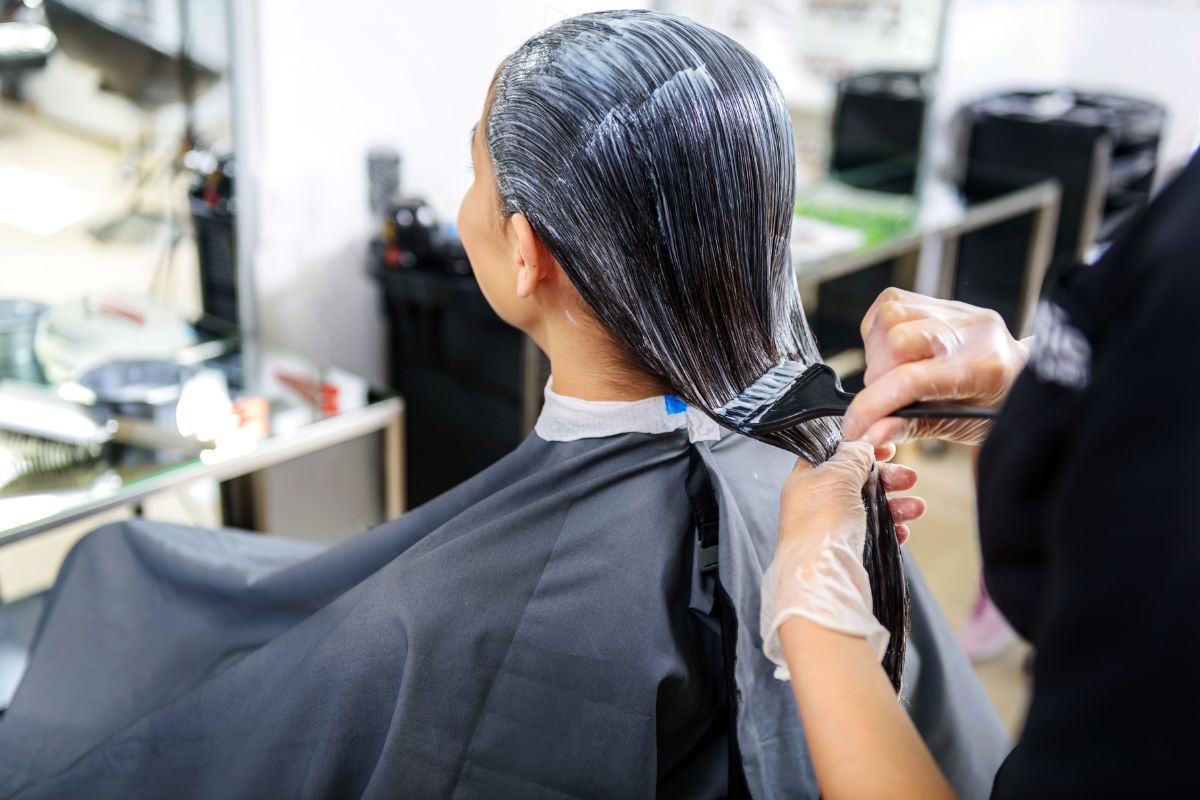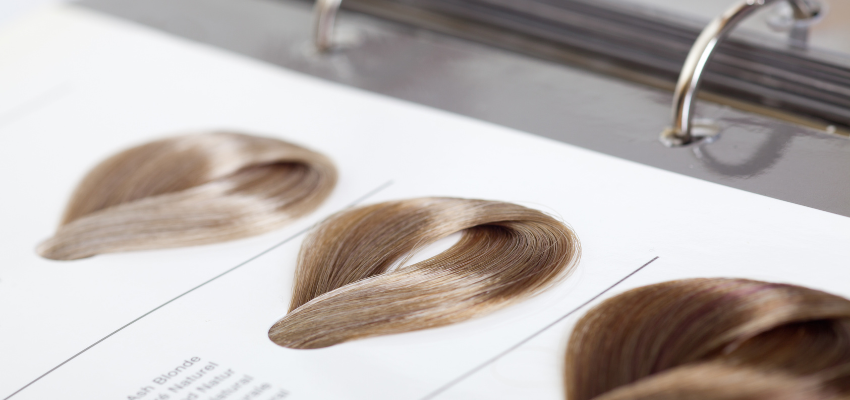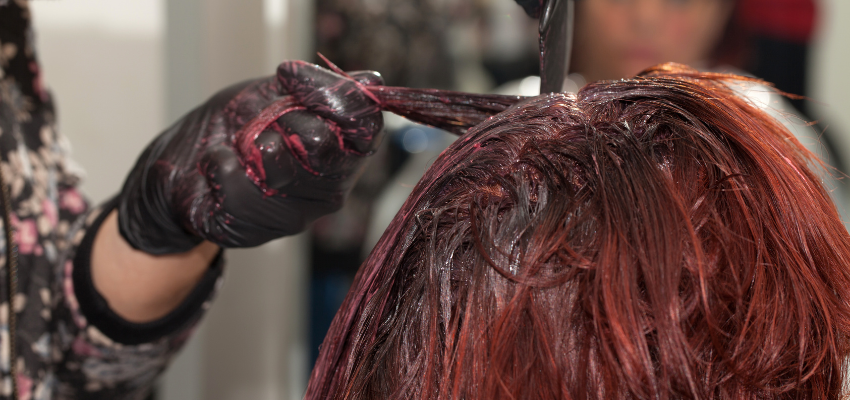There are a variety of reasons why one colors their hair. People who have slightly damaged or weak hair, for instance, often color their hair so they can add a layer of protection that’ll protect their hair from environmental hazards or exposure. There are also those who color their hair to cover up the unwanted tones or gray hair.
Put simply, to some people, coloring one’s hair isn’t just a means to improve their appearance. It can also be an essential component of their hair care routine. If you’re one of these individuals, there’s a good chance you once tried to color your hair too often, and you must have realized that doing so tends to lead to detrimental effects. So, how often should you color your hair?

How Often Should You Color Your Hair?
As a general rule of thumb, it’s best to wait four to six weeks before coloring your hair again. Keep in mind, though, that the ideal frequency ultimately depends on two main factors, your hair and the dye you want to use. According to these two factors, there may be outliers to the general range of four to six weeks. Let’s take a closer look at these factors.
Hair
Since your hair is the main subject of this activity, its characteristics would definitely affect the ideal frequency at which you color your hair. To be precise, it depends on three things:
- The original color of your hair. The greater the disparity between your original hair color and your desired hair color, the less frequently you must use a hair dye.
That’s because going from red hair to blonde would require much harsher chemicals than if you were to go from brunette to blonde. You also need to bleach your hair. These will inevitably damage your hair more than it would if you’d just stick to a closer shade. For that reason, you may have to let your hair rest for a bit longer than usual.

- The rate at which the hair grows. When coloring one’s hair, it’s important for the dye to reach its roots. Otherwise, you may not be able to achieve the look you’re going for.
That’s why it can be infuriating if your hair grows rather quickly. Often, the roots of your hair will grow back to your original hair color before the dye loses its effects. In this case, you can afford to color your hair more frequently to maintain the aesthetic.
- The porosity of your hair. Porosity refers to the hair’s ability to absorb or maintain moisture. In the context of hair color, it’s basically how well the hair maintains the dye.
The lower your hair’s porosity, the more frequently you must color your hair since the color may fade faster. Similarly, porous hair would require less frequent colorings.
Dye
Just like one’s hair, there are also different types of hair dye. Here’s a look at these types:
- Temporary: A temporary hair dye only coats the exterior of your hair, so typically, you can get rid of the dye after washing your hair a few times. Since it doesn’t penetrate the hair, it’s safe to use it rather frequently. Even twice or thrice a week wouldn’t hurt.
- Semi-Permanent: A semi-permanent hair dye lasts slightly longer than a temporary dye. It’s also not damaging to the hair, so you can apply the dye every one or two weeks.
- Demi-Permanent: A demi-permanent hair dye lies in between semi-permanent and permanent hair dye in terms of longevity. It lasts longer than semi-permanent and shorter than permanent dye, but given how it penetrates the hair shaft, you wouldn’t want to use it any more often than you need. Applying it every three weeks is ideal.
- Permanent: Permanent hair dye is what experts would often refer to when asked the question, “How often should you color your hair?” Its ideal frequency of application is four to six weeks for two reasons: (1) it lasts quite long, and (2) it can be damaging.

With this, you should now have a general idea of how often you should color your hair, but that’s often not enough if you want to ensure your hair remains healthy. The following section will go over a few tips and tricks to ensure the best experience after a hair coloring session.
General Tips After Hair Coloring Session
Apply Heat Protectant To Your Hair
Since your hair would be more sensitive after coloring, you’d want to ensure your hair has the protection it has to protect against environmental exposure. A heat protectant reduces the damage that your hair sustains when you do heat styling, like using a blower or straightener.
Use Deep Conditioners
Hair breakage is when the hair strands snap, becoming ragged and split, and that tends to make the hair look worse. There are a variety of things that can cause hair breakage, including heat, improper drying, dryness, and overwashing. Naturally, it would be more likely to occur if your hair is sensitive, which is precisely the case after a coloring session. To combat hair breakage, you can use deep conditioners to add moisture back to your hair and repair damage.
Try Color-Safe Shampoo
The main reason why you’d want to reapply hair dye is when the previous dye is losing its effect. That means if you can make the color last longer, you can push back the need to apply the dye and, in doing so, reduce the damage it can do to your hair. One way to do this is by using color-safe shampoo. With this product, you can minimize the fading of your hair color.
Invest In Hair Coloring At Salons
As much as you’d like to color your hair by yourself, it’s generally a better idea to rely on a salon to do it for you. Not only do they have the skills to do so, but they also have the equipment. Unless you can argue that you have both as well, it’s best to stick to the experts. And if you’re wondering how often to color hair at salon, it’s not any different from the previous answer.













